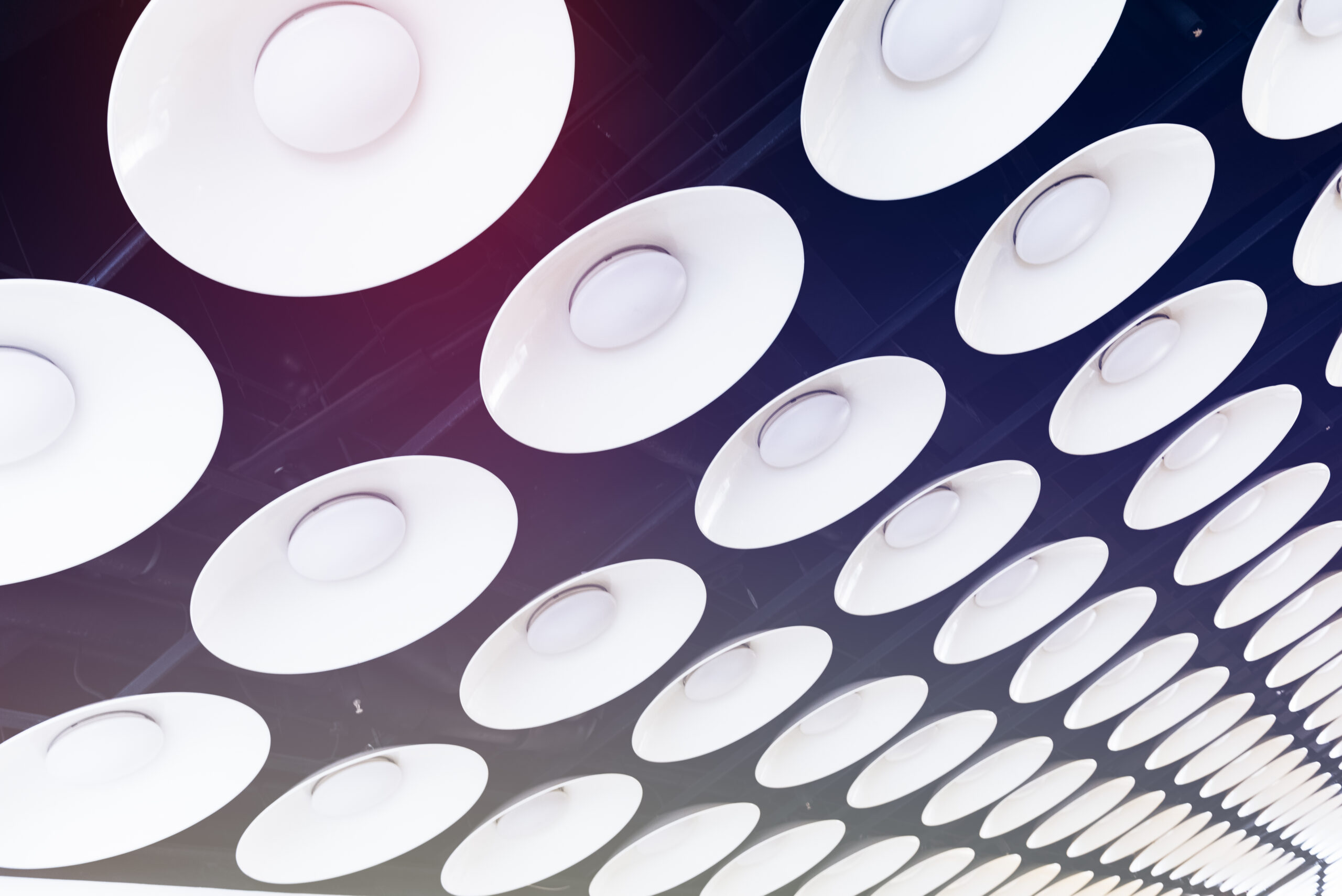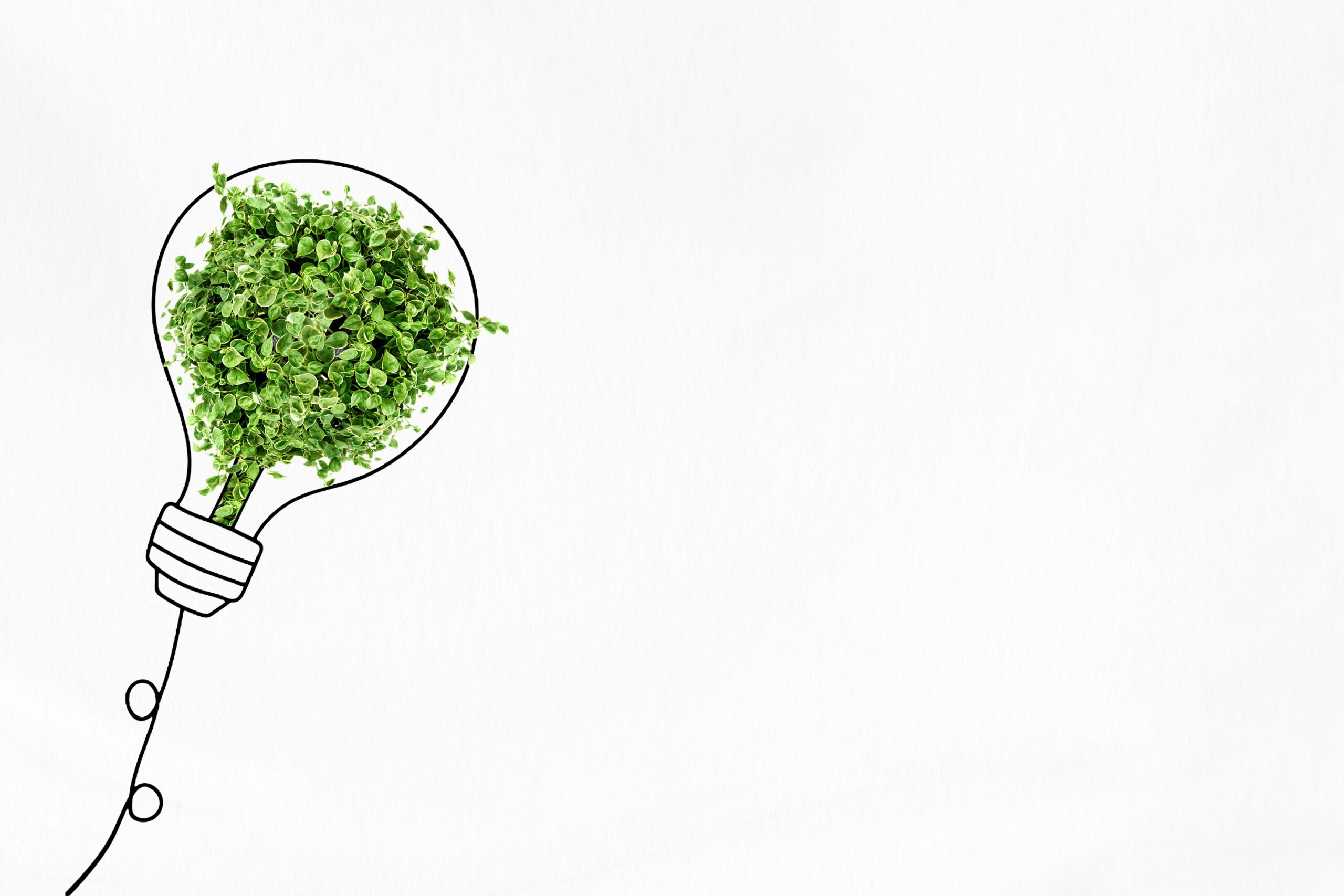
Circular Lighting: Designed to Last, to Enhance the System and Reduce Waste
Industrial sustainability is not limited to reducing energy consumption. A frequently overlooked aspect concerns the lifecycle of products—and luminaires in particular. With traditional models, when a fixture fails or becomes obsolete, it is often replaced entirely, generating WEEE, disposal costs, downtime, and wasting the original investment.
Circular design changes the rules
Circular lighting is based on the idea of designing modular, disassemblable, and upgradable products. In practice:
- If a driver fails, replacing the whole fixture is unnecessary
- If LED technology evolves, only the electronic module can be upgraded
- Every component is designed to be recyclable or replaceable
This approach extends the system’s lifespan, reduces operational costs, and simplifies maintenance.
Concrete advantages for companies
A circular approach brings both environmental and economic benefits. Lower WEEE volumes support sustainability goals, while easier maintenance reduces downtime and management costs. A modular system maintains its value over time and ensures a more solid ROI.
Moreover, this model enables new business opportunities such as Lighting as a Service, where the company benefits from a continuous service including upgrades and maintenance. This ensures constant performance, reduced environmental impact, and simplified management.
A step toward integrated sustainability Designing with a circular mindset means having a system that not only consumes less energy but remains efficient and upgradable over time, reducing waste and hidden costs. This approach provides a real competitive advantage, improving brand reputation and operational management.







